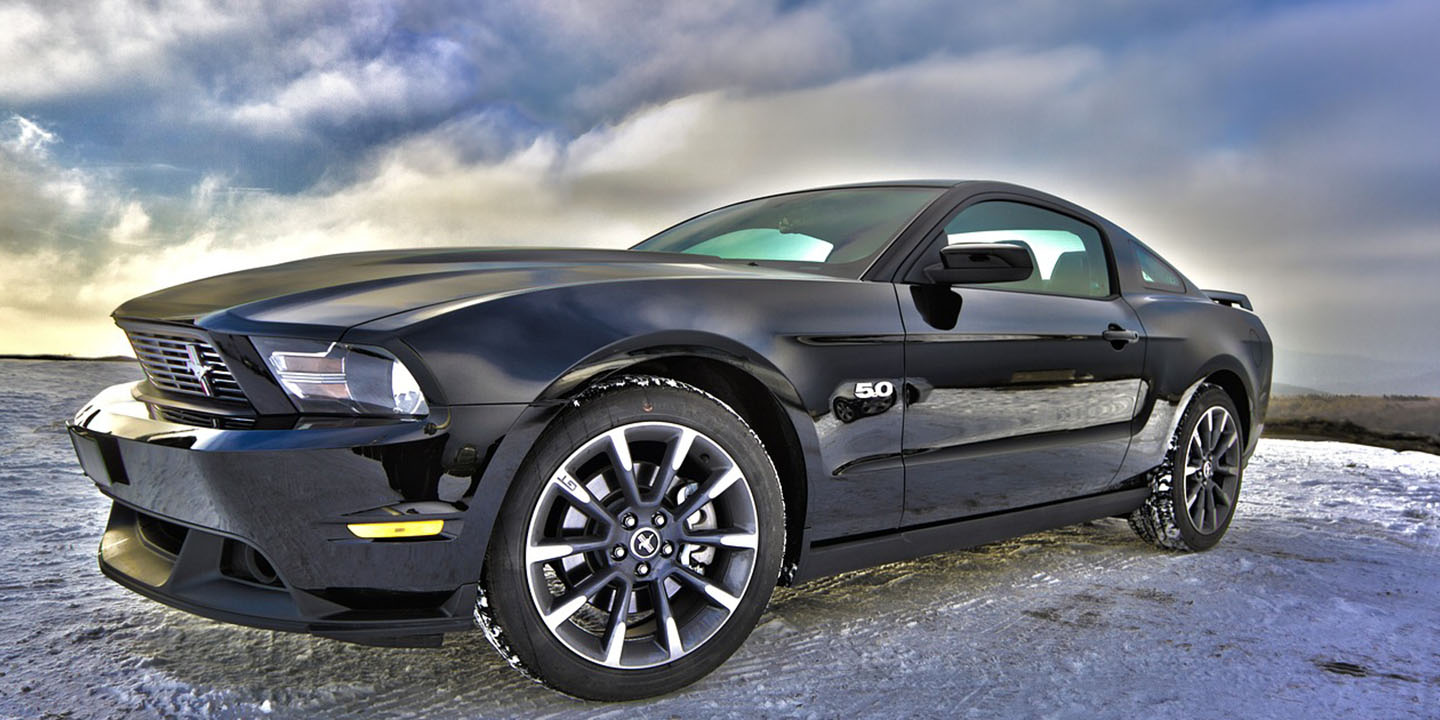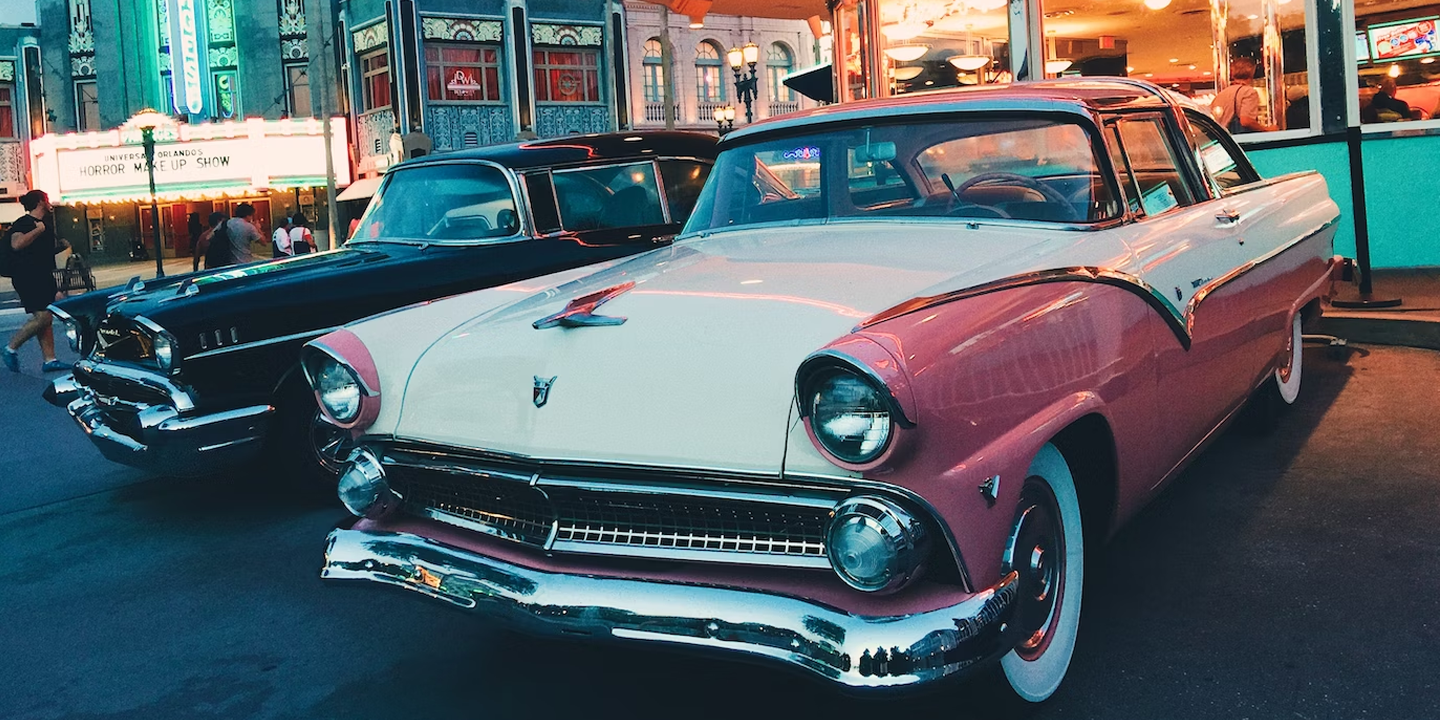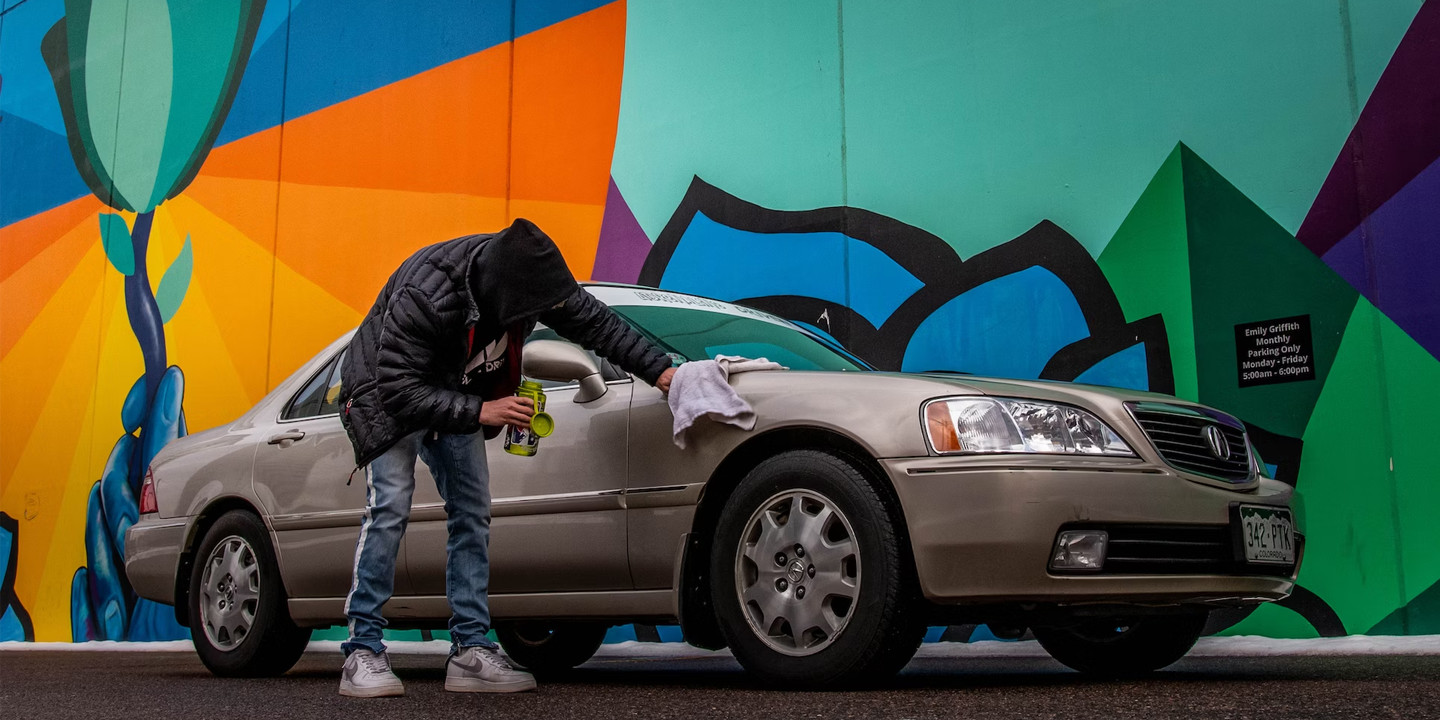Give Your Car Its Shine Back
Every car tells a story, and its paint is often the first chapter people notice. However, that glossy finish can lose its charm over time. Repainting your car goes beyond being just about looks to being about preserving value and protecting the body. Here, you'll discover how to spot the signs that it's time for a change and learn how to ensure your next paint job is worth every glance. Let's start with the signs.
1. Fading Paint Color That Looks Dull In Sunlight
Faded paint no longer reflects light evenly, and this makes your car look older. Fading is caused by UV rays from sunlight, and since red pigments break down more quickly under UV exposure, red cars fade faster than most colors.
2. Noticeable Oxidation Leaving A Chalky Surface
When oxygen and moisture react with paint, it causes the surface to degrade into a chalky layer. This is called oxidation, and once paint oxidizes, it loses its protective seal, making the car more vulnerable to rust.
3. Mismatched Panels After A Repair Job
Body shops sometimes use slightly different paint mixes that look mismatched in certain lighting. Yes, metallic paints are harder to match; however, a panel that doesn’t match perfectly can lower resale value by signaling prior damage.
4. Deep Scratches Penetrating The Base Layer
When scratches cut through the clear coat and base paint, they expose the bare metal or primer beneath. Unsealed, the exposed areas rust quickly and eventually cause structural damage. Painting is likely needed once you can feel a scratch with your fingernail.
5. Clear Coat Peeling In Patches Or Strips
A clear coat protects your car paint from UV damage, scratches, and moisture. Once it peels, the paint underneath is exposed. Peeling cannot be reversed—the only way to restore a smooth, protective finish is to repaint.
6. Persistent Water Stains That Won’t Wash Away
Mineral deposits from hard water stick to paint if left to dry repeatedly. And when stains refuse to wash off, it often means the paint’s protective layer is worn down. Acid rain can also leave permanent marks.
 Waterspots on car paint won't come off? Try this! - Chemical Guys by Chemical Guys
Waterspots on car paint won't come off? Try this! - Chemical Guys by Chemical Guys
7. Rust Spots Creeping Under The Paint
Rust forms when iron in the car’s metal reacts with oxygen and moisture, and anything, even a tiny stone chip, can let water seep in and start rusting underneath. Once it appears under the paint, it will spread unless the area is stripped and repainted.
8. Uneven Texture From Old Or Poor Paintwork
Uneven surfaces mean the paint was applied incorrectly. It could also mean that the paint has degraded unevenly over time. And it leads to faster deterioration as it traps dirt and moisture.
 Charlie from United Kingdom on Wikimedia
Charlie from United Kingdom on Wikimedia
9. Visible Primer Showing Through Thin Areas
Yes, primer is the foundation layer that helps paint stick, but it's not meant to be exposed. If primer shows, then the paint layer is too thin to protect the metal underneath, and thin paint often signals a spot where the wear is fastest.
10. Bubbling Paint On Metal Surfaces
Bubbles form when moisture or air gets trapped under the paint layer. When you see them, it usually means rust is forming underneath, and it will spread if not addressed. Even factory paint can blister if the metal wasn’t prepared properly.
 How to Fix Bubbling Paint on a Car Door After Rust Repair by Auto Reviews
How to Fix Bubbling Paint on a Car Door After Rust Repair by Auto Reviews
Now that you know the signs, these tips will help you repaint your car correctly.
1. Choose A High-Quality Automotive Paint Brand
Premium paints have better pigments and resins, which last longer and resist fading. While low-quality paint seems cheap, it can peel or oxidize in just a few years, costing more in the long run.
 Beginner's Guide to Painting a Car by Paint Society
Beginner's Guide to Painting a Car by Paint Society
2. Work In A Dust-Free, Well-Ventilated Space
Good ventilation helps solvents evaporate evenly and prevents both runs and uneven drying. Avoid dust as it can settle on wet paint and leave behind bumps and imperfections that ruin the finish. Just a single speck of dust can flaw an entire panel.
 How To Paint a Car at Home in 15 Minutes! (WITHOUT A PAINT BOOTH) by BeaKhan
How To Paint a Car at Home in 15 Minutes! (WITHOUT A PAINT BOOTH) by BeaKhan
3. Thoroughly Degrease Before Sanding
Contaminants left on the surface can prevent paint from bonding properly, so use automotive degreasers. They are specially made to remove oils without leaving residue. Sanding isn't always the best, as dirt and grease can clog sandpaper.
 The Best Rattle Can Car Paintjob! by Paint Society
The Best Rattle Can Car Paintjob! by Paint Society
4. Use The Right Grit Sandpaper For Each Stage
While coarse grits remove old paint quickly, fine grits smooth the surface for primer. Use them right—the wrong grit can cause deep scratches that show through the new paint. And be careful, as over-sanding edges can remove too much material.
5. Apply A Compatible Primer For Better Adhesion
Primer creates a stable surface for paint to stick to, but using an incompatible one can cause paint to crack or bubble later. Your choice of primer can also help in other ways, like epoxy primers for preventing rust or high-build primers for filling tiny scratches.
 The BEST Guide to Primer a Car for Paint by Paint Society
The BEST Guide to Primer a Car for Paint by Paint Society
6. Maintain Consistent Spray Distance And Speed
Hold the spray gun too close and you get drips, too far and you get a rough, uneven coat, so get the right distance by practicing on scrap panels. Also, keep the speed even to ensure each layer looks smooth and professional.
 The Cheapest Way to Paint a Car with AMAZING Results! by Paint Society
The Cheapest Way to Paint a Car with AMAZING Results! by Paint Society
7. Allow Proper Drying Time Between Each Coat
Each coat needs to partially cure so the next layer bonds correctly, but rushing can trap solvents inside. Some paints can be ready for recoating in 15 minutes, while others take hours. Temperature and humidity also play a role.
 Mitch Barrie from Reno, NV, USA on Wikimedia
Mitch Barrie from Reno, NV, USA on Wikimedia
8. Wet Sand Between Layers For A Smooth Finish
Wet sanding levels out tiny imperfections, making each coat look flawless. Skip this step, and you get a slightly textured, uneven surface. Too much pressure can remove the layer entirely, so your technique matters too.
 Top Wet Sanding and Polishing Tips by RUPES
Top Wet Sanding and Polishing Tips by RUPES
9. Use Multiple Thin Coats
Thin coats not only dry more evenly but are also less likely to run or sag, and multiple layers build depth of color and durability over time. However, thick coats can crack as they dry and shrink.
 The Perfect Pressure for the Perfect Paint Job! by Paint Society
The Perfect Pressure for the Perfect Paint Job! by Paint Society
10. Keep Fresh Paint Protected
New paint is soft for days to weeks, so it is vulnerable to scratches and stains. Quick exposure too soon can permanently mark the surface. Some pros recommend keeping the car indoors for at least 48–72 hours, but you may want to keep it longer.

















